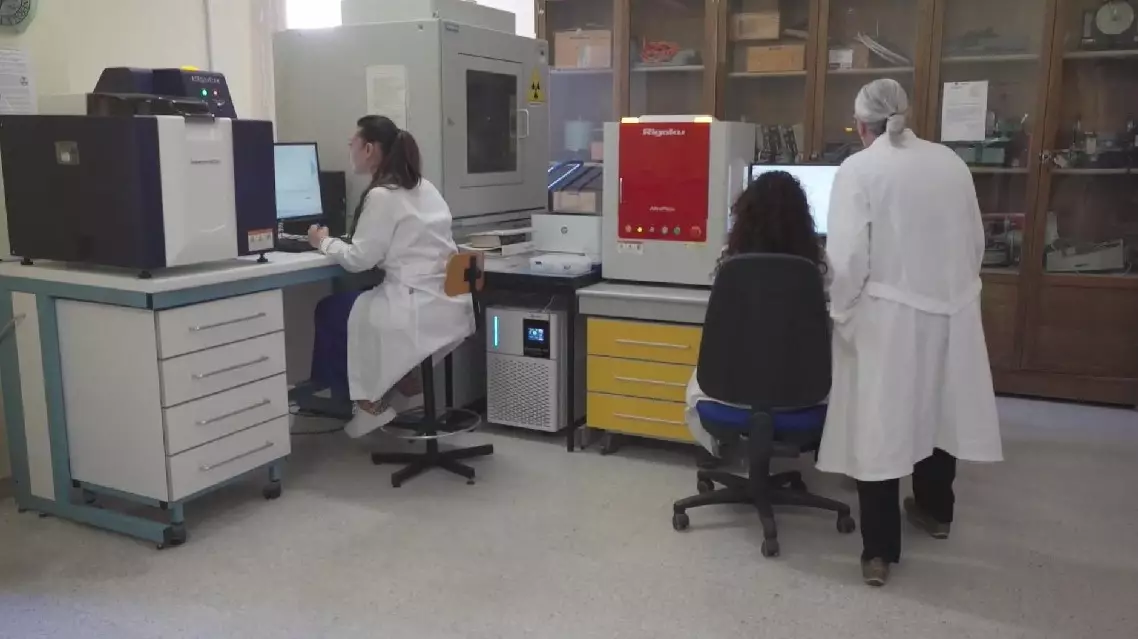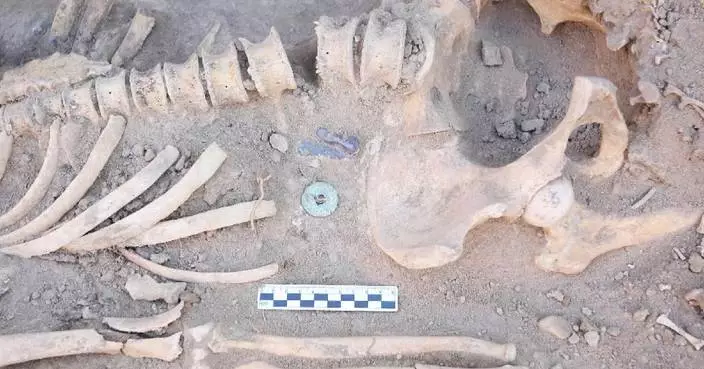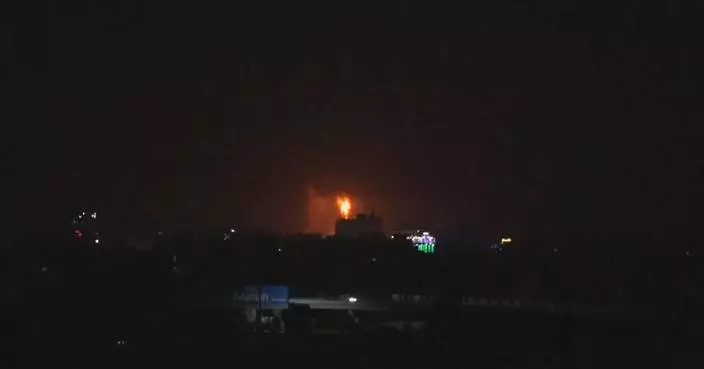Researchers from the city of Catania in the Italian region Sicily have found a sustainable and eco-friendly way to recycle volcanic ash as renewable materials that can even be used in restoring cultural relics.
On the eastern side of the island of Sicily stands Europe's most volatile volcano – Mount Etna – which began erupting again in February 2021 and is still sending ash, smoke and sparks into the sky.
At an elevation of over 3,300 meters, the volcano erupted several times from July to September this year, which dumped a large amount of ash to nearby cities and towns.
Of these towns, Zafferana Etnea, a municipality in the city of Catania and located southeast of Mount Etna, is the worst affected.
"Zafferana Etnea was hit by falling volcanic ash four times from July to September, with the worst case on Aug. 4. In some places, the cumulative ash per square meter weighs about 10 kilograms. We've spent some 840,000 euros in collecting and treating the volcanic ash across our city," said Salvatore Russo, mayor of Zafferana Etnea.
Russo said they have now completed cleanup work in 70 percent of the city's area, including streets and public buildings, with about 11 tons of ash being collected.
To reduce the cost of volcanic ash treatment, a research team from the University of Catania is developing a technology that can turn the ash into useful materials.
"We want to find a sustainable, carbon-neutral and eco-friendly way to make use of the huge amounts of ash that Mount Etna continues to spew out. The method used by us is a process called geopolymerization," said Paolo Mazzoleni, a professor from the Department of Geology at the University of Catania.
Through this method, researchers can turn volcanic ash into building materials, such as bricks and tiles, which are even used in the local restoration projects for cultural relics.
"The research is going very well with many important results achieved from the first batch of products developed by us. We'll continue to assess the strength and durability of these materials, and we are ready to work with relevant enterprises to jointly advance the development of this technology," said Germana Barone, a colleague of Mazzoleni.

Italian researchers recycle volcanic ash as renewable building materials
Macao has been emerging as a global hub for conventions and exhibitions in recent years by exploring the enormous opportunities in the sector, driving the region to advance its economic diversification and embrace a brighter future.
Macao has received many awards this year, such as the Best Convention City (Asia) and the Best BT-MICE City, showcasing the recognition for and influence of Macao's exhibition industry.
More than 1,000 electronic game enthusiasts from all over the world gathered recently in Macao to participate in a esports themed event.
Su Zhili, organizer of the event, said that Macao's rich experience in hosting large-scale events, coupled with its good infrastructure, has driven him to choose the region as an ideal destination to hold such an activity.
"Macao has held many similar large-scale events. It has rich experience, and the facilities at the venue are relatively mature, so we can start our work comfortably," said Su.
During the first three quarters of 2024, Macao held more than 1,000 conferences and exhibitions in total.
"We will invite more professional, special conferences to be held in Macao and also cultivate more exhibition brands with international influence in Macao, so as to promote Macao's exhibitions to be more market-oriented, professional, international, digital and greener from various aspects. This is our goal," said Elaine Wong, member of the Macao Commerce and Investment Promotion Institute.
In addition, multiple large exhibitions and conferences, such as the Macao International Trade and Investment fair, the Macao Franchise Expo, and the International Infrastructure Investment and Construction Forum, are held regularly in Macao.
With the introduction of a series of policies and measures to facilitate the exchanges between the mainland and Macao, as well as the construction and development of the Guangdong-Hong Kong-Macao Greater Bay Area and the Guangdong-Macao In-Depth Cooperation Zone in Hengqin, Macao's convention and exhibition industry will embrace more opportunities for development in the foreseeable future.
"We have such a good industrial base in the Greater Bay Area. The mode of 'Convention and Exhibition + Industry' not only integrates the industries of Macao, but also the industries of the Greater Bay Area. In addition, Macao actively integrates into the national development and plays a role in the Belt and Road. Why are we so confident in Macao's convention and exhibition sector? Because it is backed by the motherland, and the country gives Macao great support," said Alan Ho, chairman of the Macao Association of Convention, Exhibition and Tourism Sectors.

Macao emerges as global hub for conventions and exhibitions, driving economic diversification and international recognition










